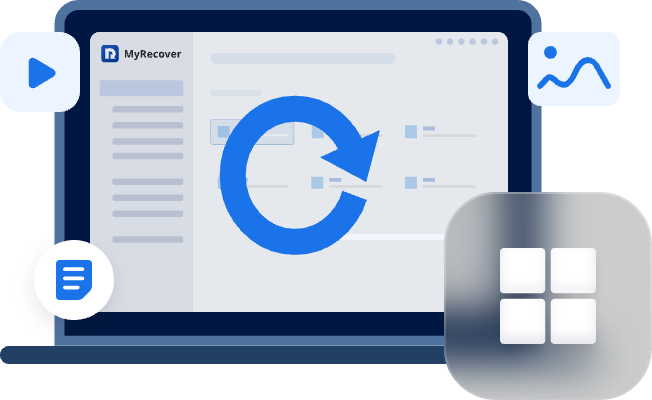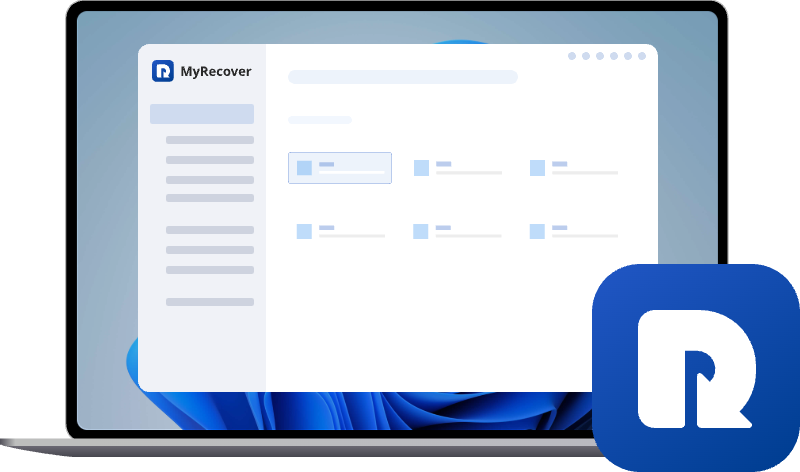Can Deleted Files be Recovered From SSD Drive? (Tested Solutions)
Can deleted files be recovered from SSD? Yes, deleted files can sometimes be recovered from an SSD, but it depends on factors like TRIM, garbage collection, and overwrite status. This guide covers SSD recovery possibilities, limitations, and best methods.
Can I Recover Deleted Files from SSD ExternalDrive?
I accidentally deleted files from a WD external SSD hard drive. Running OS is Windows 10. Am I dead in the water? Can deleted files be recovered from SSD? Do you have any recommendations or advise? Is there something else I should do or know? Thank you!
Is It Harder to Recover Deleted Files from SSDvs. HDD?
Yes, recovering deleted files from an SSD is significantly harder than from an HDD due to their fundamental differences in how these storage devices handle data. While traditional hard drives (HDDs) often allow for successful file recovery, solid-state drives (SSDs) are designed to permanently erase deleted data in most cases. Below, we explore why SSD recovery is more difficult that HDD data recovery.
Why Is SSD Data Recovery Harder Than HDD Recovery?
1. TRIM Command -Automatic Data Erasure
SSDs use the “TRIM command”, which tells the drive to wipe deleted files internallyimmediately, freeing up space for new data.
2. Garbage Collection - Permanent Data Removal
SSDs perform “background garbage collection”, reorganizing and permanently deleting unused data blocks to maintain performance.
3. Wear Leveling-Data Scattered Across Memory Cells
To extend lifespan, SSDs distribute data evenly across memory cells (wear leveling). This means deleted files may be fragmented and overwritten unpredictably.
4. Encryption (BitLocker, Self-Encrypting SSDs)
Many SSDs use “hardware-based encryption” (e.g., TCG Opal).If the drive is encrypted, recovery is impossible without the original encryption key.
5. Faster Write Operations – Higher Risk of Overwrite
SSDs write data much faster than HDDs, increasing the chance that deleted files get “overwritten quickly”.
Can You Recover Deleted Files from an SSD Drive?
In most cases, SSD file recovery is extremely difficult or impossible** due to TRIM, garbage collection, and wear leveling, recovery may still be possible in rare cases:
✅ TRIM is disabled. If the SSD isn’t using TRIM, deleted files may remain recoverable for a short time.
(To check TRIM status, run “fsutil behavior query DisableDeleteNotify”in Command Prompt. If the result is DisableDeleteNotify = 1, TRIM is disabled. If 0, TRIM is active.)
✅ The file was deleted very recently – If garbage collection hasn’t yet wiped the data, recovery might be possible.
✅The SSD is externally connected-Using a USB enclosure can sometimes prevent TRIM from triggering immediately.
Test Methods to Recover Deleted Data from SSD
Now, we would like to recommend several tested methods to help recover deleted files from solid-state drives.
Method 1. Restore from Recycle Bin
If the files were deleted normally by Delete key (not Shift+Delete), you can check your Windows Recycle Bin and restore them easily.
- Open the Recycle Bin on your desktop.
- Search for your lost files (use the search bar if needed).
- Right-click the file and select “Restore”to recover files to their original location.
Method 2. Recover From File History/Backup (If Pre-configured)
If you have enabled File History, Windows built-in backup solution, before deleting files from SSD drive, it is possible to recover deleted SSD files.
- Go to Settings-> Update & Security -> Files Backup.
- Click “More options" under “Back up using File History”.
- Click "Restore files from a current backup".
- In the File History control panel, choose the target drive folder and specific versions to recover.
Method 3. Use Windows File Recovery
Windows File Recovery is a free command-line tool by Microsoft that can recover deleted files from SSDs:
1. Download & Install Windows File Recovery from Microsoft Store.
2. Open Command Prompt as Admin. Press Win + X-> Select "Terminal (Admin)" in Windows 11 or "Command Prompt(Admin)"in Windows 10.
3. Basic Recovery Command (NTFS SSDs): winfr C: D: /regular /n \Users\username\Downloads\*.xlsx
C: = Source drive (where files were deleted)
D: = Destination drive (to save recovered files)
/n = Specifies file path/name filter
Method 4. Employ Professional Data Recovery Software
If Recycle Bin, File History, and Windows File Recovery fail, professional-grade data recovery software offers another chance for retrieving deleted files from SSDs. MyRecover stands out as the most reliable professional software you can try.
- ★Core Features:
- Deep Scan Capability - Recovers files after emptying Recycle Bin or Shift+Delete.
- Wide Format Support - Restores documents, photos, videos, archives (1000+ file types).
- Broad Device Support- Recovers data from SSD, HDD, SD card, USB flash drive and more.
- Cover Different Data Loss Scenarios- deletions, format, logical damage, virus attack, system crash and so on.
- User-Friendly Interface - No technical expertise required.
- Preview Function - Verify files before recovery.
1. Download MyRecover from the official website. Install it on a different drive - never on the SSD you're recovering from.
2. Launch MyRecoverand select your SSD from the drive list. Click “Scan”.
3. Once scanning process is done, MyRecover will display all recoverable files. Choose the target files or folders and click “Recover”. You can use filter options to find specific file types.
4 (optional). If necessary, you can click "Preview" tocheck file integrity before recovery.
5. Choose a safe destination (different physical drive)
Summary
While recovering deleted files from an external SSD (like your WD drive) is more challenging than from an HDD, it's not always impossible- especially if you act quickly using the right tools and techniques. The key is immediate action before these SSD mechanisms permanently erase your data.


